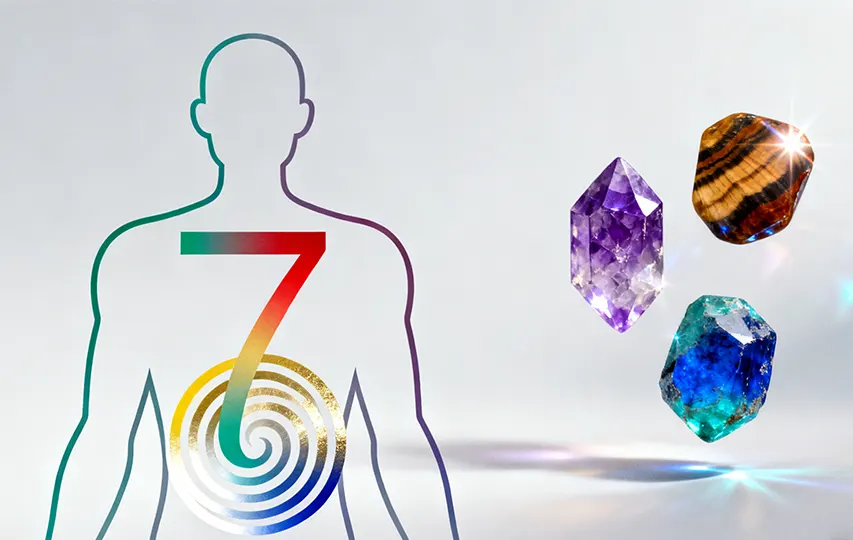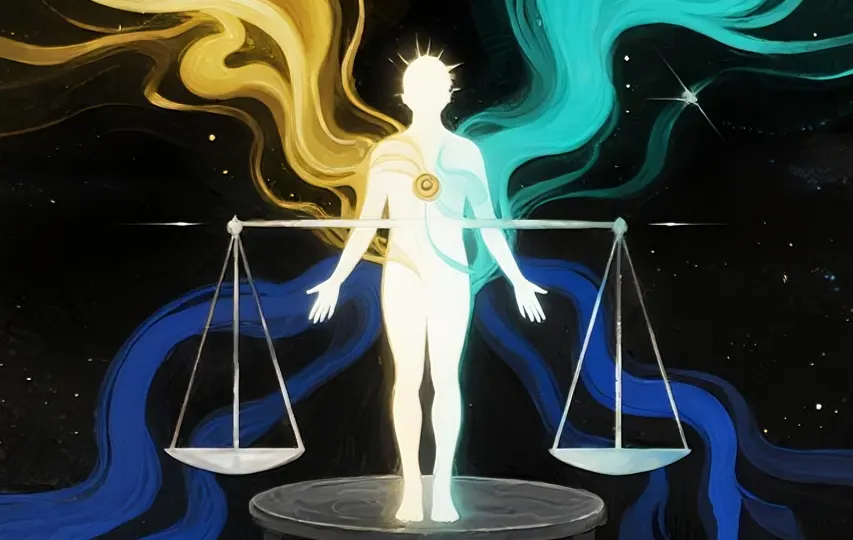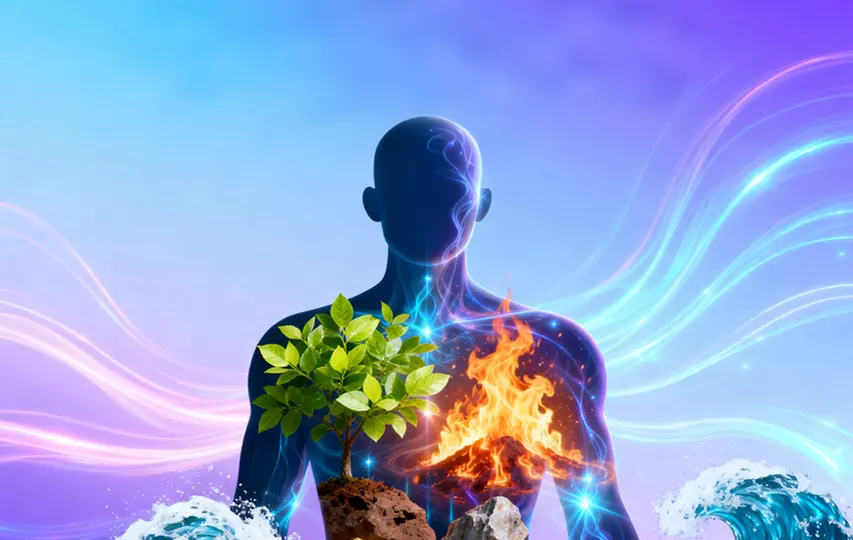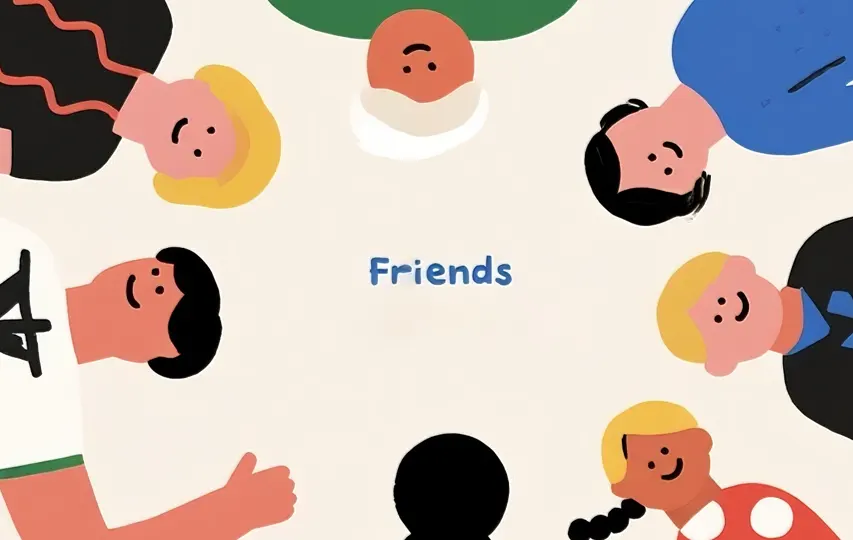
The Relationships Among the Five Elements
Relationships of Mutual Generation and Restriction
The five great elements, namely wood, fire, earth, metal, and water, have intricate relationships of mutual nourishment and restraint. Mutual nourishment implies promotion and development, where each element supports the growth of the next. For instance, wood nourishes fire, fire nourishes earth, earth nourishes metal, metal nourishes water, and water nourishes wood. This continuous cycle of nourishment ensures a dynamic and balanced interaction among the elements, fostering harmony and growth.
Conversely, these elements also exhibit relationships of restraint, which serve to maintain balance and prevent any one element from becoming too dominant. In this cycle, wood restrains earth, earth restrains water, water restrains fire, fire restrains metal, and metal restrains wood. This system of restraint ensures that each element can counteract the potential excesses of another, preserving equilibrium within the natural order.
By understanding and applying these principles of mutual generation and restriction, one can effectively adjust their personal energy field. For example, in traditional practices, carefully pairing accessories or elements can support the weak aspects of an individual’s energy and restrain the overpowering ones. This approach aims to achieve a harmonious balance, promoting well-being and preventing imbalance.
Incorporating these elemental relationships into daily life not only enhances personal energy but also fosters a deeper connection with the natural world. By respecting the cycles of nourishment and restraint, individuals can create a more balanced and harmonious environment, both internally and externally. This understanding is crucial for maintaining health, harmony, and overall well-being, reflecting the profound wisdom embedded in the philosophy of the five great elements.












